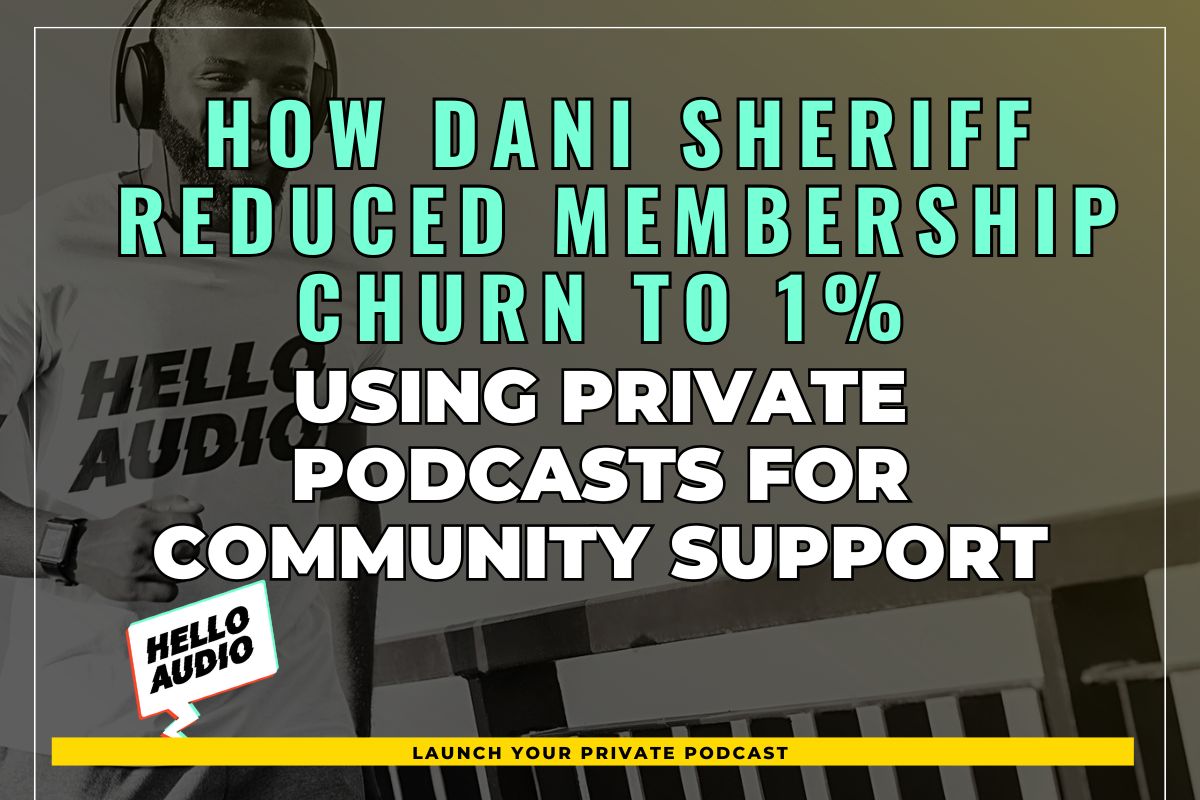There was a time when marketers believed that the time we posted on social media mattered. Now we’re learning it’s not so much when we post but how often.
Yep, you read that right.
According to a 2023 report, brands should post on social media at least twice a week to reach more people and increase engagement.
That’s a considerable volume of content that most of us don’t have the time to churn out.
But there’s an elegant solution, and it’s called content repurposing.
Read on to discover all the benefits of repurposing content and how it can transform your content strategy.

TL;DR – 15 Benefits of Repurposing Content
Repurposing content is an excellent way to maintain posting frequency without spending too much time brainstorming new ideas.
Is this article too long to read? You’ll get the gist in this summary:
1. Enhances Adaptability to Market Changes
2. Supports Sustainable Content Strategies
3. Offers Insight Into Audience Preferences
4. Enhances Cross-Platform Engagement
5. Strengthens Community Engagement
6. Encourages User-Generated Content
7. Cultivates an Omnichannel Presence
8. Fosters Collaborative Opportunities
9. Enhances Content Discoverability
10. Amplifies Influencer Partnerships
11. Facilitates Targeted Messaging
12. Reduces Content Saturation
13. Diversifies Content Formats
14. Improves Accessibility
15. Supports Global Reach

What is Content Repurposing?
Content repurposing is taking old content and giving it new life by transforming it to fit other platforms.
This allows you to post fresh content without coming up with new ideas because you already have the material you need.
For example, if you have a blog post that gained plenty of attention in the past, you can reuse it by taking excerpts and converting them into a catchy Instagram carousel.
Longer content types, such as videos, can also be repurposed by turning them into private podcasts that your audience can access on the go.
Watch this demo to see how to convert media such as audio and videos into podcasts in minutes with Hello Audio.
Complete Explanation: The Benefits of Repurposing Content
The most apparent reason brands repurpose content is that it slashes time spent on content creation and planning without sacrificing online visibility.
But there are far more advantages to this strategy.
Here are the top 15 reasons why repurposing content is an excellent way to revitalize your content strategy and take online engagement to a whole new level.
1. Enhances Adaptability to Market Changes
Reusing old material, such as when repurposing past social media content, allows you to be more flexible to changes in your target market.
You’ll be able to adapt any content in your library to fit whatever platform or content type is most effective.
Case in point: short videos are taking over the Internet today. That’s because people are finding them 2.5 times more engaging than longer videos.
This doesn’t mean that longer videos are no longer helpful.
You can turn them into Instagram stories, Facebook shorts, or reels–and voila! You have new content that matches your audience’s current needs.
2. Supports Sustainable Content Strategies
Integrating content repurposing into your strategy allows you to plan for and maximize opportunities for repurposing right when you brainstorm ideas for new content.
What’s more, one piece of content could last you weeks. All you need is creativity and a good understanding of how social media platforms work.

3. Offers Insight Into Audience Preferences
When repurposing content, you’ll typically pick out pieces that have performed well.
By doing so, you’ll gain insight into what your audience likes, providing a pattern of the kinds of content they engage with and the subject matters that rouse their interest.
That information is incredibly useful for eliminating guesswork from your content planning.
4. Enhances Cross-Platform Engagement
Repurposing is also a way to cross-post content.
The only difference is that when repurposing content, you adapt it to different platforms instead of reposting it.
This way, you get to be present in as many relevant platforms as possible, ensuring you’re targeting your audience right where they are.
5. Strengthens Community Engagement
Adapting old content into new formats also encourages better engagement, allowing you to capture a wider audience.
For instance, with a blog post, you may gain attention from people with the time to read through a 2,000-word article.
But it’s a different story with people in a rush. They want information–but they want it right now and in a way that won’t disrupt their busy schedule.
That’s where converting long media content like Zoom recordings of coaching sessions into easily accessible podcasts can be beneficial. You’ll get to reach those who prefer to learn on the go.
Sign up with Hello Audio to see how to turn your media content into private podcasts and directly share them across leading podcast apps.
6. Encourages User-Generated Content
Another way to encourage engagement is by repurposing user-generated content.
Testimonials and reviews, for instance, are effective at drawing organic traffic and encouraging more people to participate.
Turning recordings of Q&A sessions or interviews into private podcasts is another way to enhance the experience and encourage better engagement.
Try it out with a free 7-day trial with Hello Audio.
7. Cultivates an Omnichannel Presence
You’ll want to be on every platform your audience uses to gain as broad a reach as possible.
Repurposing content ensures that you do precisely that without creating new content for every channel you post.
All you need to do is tweak existing material to fit the channels you’re using, and there you have it—fresh content on every relevant platform.

8. Fosters Collaborative Opportunities
Repurposing content creates plenty of opportunities to work with thought leaders, industry experts, and even celebrities.
Share snippets from live interviews, publish compelling blog posts from the knowledge they share, and post captivating Instagram photos, to name only a few.
9. Enhances Content Discoverability
When you’re everywhere, it’s hard not to notice you. This is why there’s so much pressure for brands to post frequently on social media.
Adapting your content for your audience’s platforms ensures that they see you.
10. Amplifies Influencer Partnerships
Repackaging your material for sharing on various platforms is a fantastic way to maximize collaborations with influencers.
You can turn live video interviews into podcasts, reels, shorts, and even Instagram-worthy photos.
If you’re working with an influencer with a large following, adding their name or photo to your content is also a quick and easy way to drive organic traffic.
11. Facilitates Targeted Messaging
Reinforce your brand messaging by repetition. That’s basically what you do when you take old content and repackage it as a new post.
It ensures that your message sticks without you sounding like a broken record. Instead, your message comes off as fresh, relevant, and valuable.
Moreover, it’s conveyed in a way that gives it the best chance of being appreciated by a specific target segment.
12. Reduces Content Saturation
Especially when you’re in a highly specialized niche, it’s more challenging to come up with content that’s unique to you. Likely, many have already said what you want to say in the way you want to say it.
But even in a highly saturated landscape, you can still get noticed by diversifying the types of content you put out instead of sticking to a few formats.
You can reduce the competition by repurposing content pieces into formats other brands aren’t using.
13. Diversifies Content Formats
Repurposing content enables you to explore every possibility for online post formats. You have free rein over how you want to tweak every piece of content–and how often you wish to do so.
For one, you’re not limited to video formats for old video content. You can use transcripts to create a blog post or start a trend-worthy X (formerly Twitter) thread.
14. Improves Accessibility
Every target segment has a sweet spot regarding the types of content formats they like to consume.
Adapting content to fit the formats that each segment resonates with is more effective at capturing their attention than using the same format and hoping you’ll somehow reach someone.
For example, if you want to grab the attention of both your millennial and Gen Z audiences, you’ll need to adapt content for Facebook and TikTok.
Speaking of, don’t miss our guide about how to repurpose TikTok videos.
15. Supports Global Reach
Why limit your reach locally when the Internet has opened the doors for you to gain global exposure?
Sharing a piece of content multiple times and diversifying content formats will help enhance your visibility and expand your reach beyond your geographic location.

10 Tips and Tricks for Repurposing Content
With so many benefits to repurposing content, you’ll want to start ASAP!
Here are ten tips to help you get right to it.
1. Use Hello Audio to Create a Private Podcast
Your audience is on the go, so your content should be, too. Hello Audio can help you create an audio feed by converting media into private podcasts, allowing you to meet your audience in their choice of podcast app.
Sign up to see it in action. It’s easy, and you don’t have to be techy to set it up.
2. Maintain Brand Voice
Maintaining personality and voice when adapting content for multiple platforms can be tricky. But it’s crucial if you want your brand to stick.
To ensure you don’t lose brand integrity, set ground rules for content creation and publishing even before populating your calendar with ideas.
3. Encourage Audience Interaction
Foster engagement by using interactive elements in your content. Polls, surveys, games, and quizzes are only a few examples of how you can invite people to interact.
These elements also help ensure that people don’t just scroll by your content. Remember that hundreds of other content pieces are vying for your audience’s attention.
Aim to make each post worthy of a pause and a reaction.
4. Understand Audience Needs
The only way to ensure your content resonates with your audience is by understanding what they need and want.
Research what they pay attention to and craft your content around that.
5. Monitor Performance Metrics
Set measurable metrics for your content strategy before executing it.
Key performance metrics (KPIs) such as the number of leads generated and the volume of traffic will give you a clear picture of how each post, as well as your campaign as a whole, is doing and help you make the changes necessary to improve results.

6. Optimize for Each Platform
Every platform is unique.
Instagram is designed for visually engaging posts, while X encourages online discussions with 160-character tweets.
Facebook and Instagram are used mainly by older generations, while TikTok is particularly popular among teens and Gen Z.
Knowing who’s on these platforms and how these platforms are used is essential for creating content that reaches your intended audience.
7. Incorporate SEO Strategies
Repackaging and posting your content on as many channels as possible is not enough to boost your visibility.
SEO is the vehicle that delivers your content to your audience.
Strategies like back-linking, maintaining strong web infrastructure, and incorporating keywords into captions and episode descriptions impact how search engines rank your pages.
The stronger your SEO strategy, the better your chances of landing on the first few pages of SERPs (search engine results pages), driving organic traffic, and even bolstering paid marketing efforts.
8. Use Visual Enhancements
High-quality graphics, photos, and videos are strong visual elements that effectively grab people’s attention.
They jump off a page in a way that no catchy phrase can, so use them as hooks to get people to pause and pay attention.
9. Refresh Old Content
If you’re repurposing old content, always refresh it with new information.
This can mean updating any statistics mentioned or tweaking the content to match market changes and current trends.
10. Diversify Formats
Don’t waste your opportunity to reach a broader audience by transforming content into various formats.
If you’re working with a video, you can play with non-video formats, such as converting it into a private podcast with Hello Audio.

Frequently Asked Questions (FAQs)
Have more questions about repurposing content? We’ve answered the most commonly asked questions here:
Can Repurposing Content Reinforce a Company’s Core Messages?
Repurposing content effectively reinforces a brand’s core message by allowing for multiple shares of the same content across various channels.
Since you’ll be repackaging the content you share, it also helps to establish brand identity without sounding repetitive or boring.
How Does Repurposing Content Appeal to Different Learning Styles?
Adapting content for various channels will enable you to capture people with varying learning styles. Some prefer to listen to audio content, while others take in information better by watching videos.
When you convert a piece of content to other formats, you get to address these differences without sacrificing the quality of your material.
How Can Repurposing Content Save Time and Resources?
You no longer have to spend too much time brainstorming ideas for new content.
One piece of content can be repurposed for social media and fill your content calendar for months if you’re creative enough.
In What Ways Does Repurposing Content Encourage Creativity?
When repurposing content, you’ll be forced to think outside the box and look for ways to squeeze out as many ideas as possible from one material.
This doesn’t have to take up much time, though, as your content repurposing workflow can be integrated into the content creation process.
How Does Repurposing Content Provide Fresh Perspectives?
Repurposing content will allow you to evaluate old material with new eyes, equipping you to gain fresh insights into your audience, your brand, and even the marketplace you’re trying to navigate.
Did you enjoy this guide? If so, you might also enjoy:
- How to Repurpose Meeting Recordings
- Repurposing Content For Social Media
- How to Repurpose Podcast Content
Conclusion
Say goodbye to lulls in your content calendar. You are no longer running out of ideas for content.
Use Hello Audio to turn your content into private podcasts. It helps you breathe new life into old media content (audio + video) by converting it into an easily accessible audio feed.













